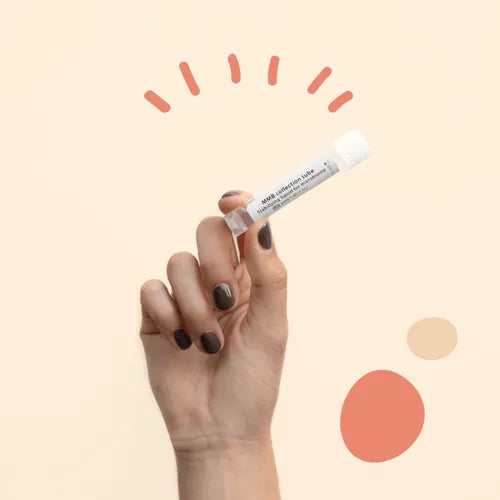Our Research
The Juno Study
We ran The Juno Study. Over 1000 women across the US registered to be part of the biggest IRB approved study of its kind to power up women’s health research with the richest, most representative repository of vaginal microbiomes. This study has already shed light on patterns that will raise the standard of care possible for women across the world.


The Juno Study was a phenomenal leap forward in unravelling the vaginal microbiome and closing the gender health research gap. We’re bringing you this same science in the Juno test and rapidly unlocking unprecedented solutions, raising the standard of care for all.
I’ve never heard of the vaginal microbiome.
Tell me everything



